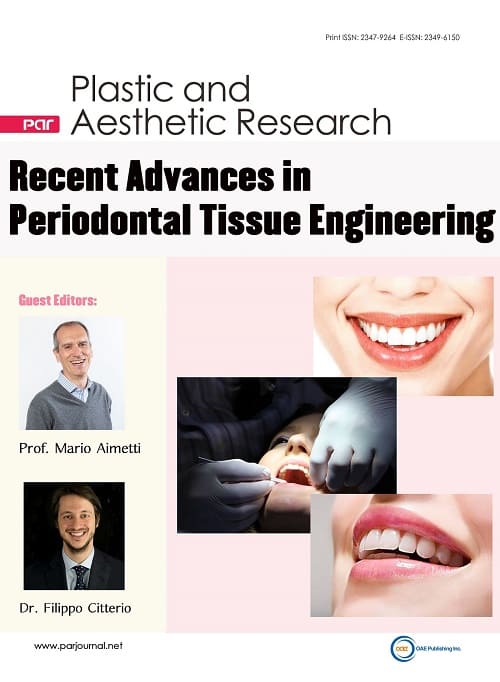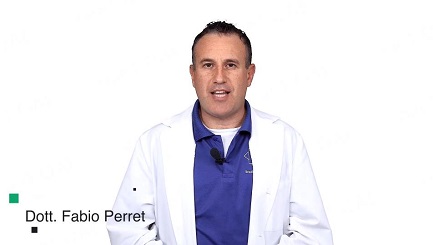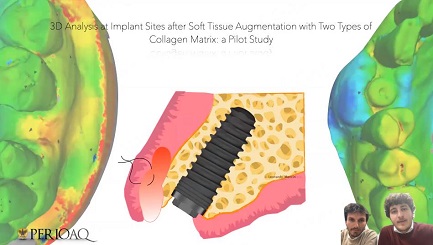
Topic: Recent Advances in Periodontal Tissue Engineering
A Special Issue of Plastic and Aesthetic Research
ISSN 2349-6150 (Online) 2347-9264 (Print)
Submission deadline: 30 Jun 2021
Guest Editor(s)
Prof. Mario Aimetti
Department of surgical sciences, C.I.R. dental school, section of periodontology, University of Turin, Turin, Italy.
Special Issue Introduction
Periodontitis is a complex immune-inflammatory disease which is characterized by loss of periodontal support around teeth. Affected teeth experience loss of attached supracrestal fibers and periodontal ligament, formation of deepened periodontal pockets, and resorption of alveolar bone. If left untreated, periodontitis may lead to tooth loss. Affecting more than 50% of adult population, periodontitis has been identified as a public health threat since it may not only cause masticatory dysfunctions but also contribute to various systemic diseases, including atherosclerosis, cardiovascular disease, diabetes, and rheumatoid arthritis.
The goal of periodontal treatment is to eliminate periodontal pockets, arrest the progression of the disease and regenerate the lost periodontal tissues. Regeneration, in particular, is an ambitious challenge as multiple periodontal tissues, including the alveolar bone proper, root cementum, and periodontal ligament, are damaged by periodontitis. Various regenerative procedures have been proposed, tested and proven effective in the last 4 decades. However, they may be limited to well-defined clinical conditions and only provided by trained specialists in periodontology.
To overcome these shortcomings, tissue engineering has been introduced in the field of periodontal regeneration. The goal of tissue engineering is to develop biological substitutes that may improve the prognosis of periodontally compromised teeth, promoting the formation of new functional periodontal tissues via the synergistic combination of cells, biomaterials, and signaling molecules.
Nowadays, many researchers are treading the path of tissue engineering in periodontology but the transition from basic research to the daily clinical applicability has not been completed yet. The challenge for the future is to incorporate tissue engineering in the development of clinical strategies that may improve, extend and exploit the current effectiveness of periodontal regeneration.
The goal of periodontal treatment is to eliminate periodontal pockets, arrest the progression of the disease and regenerate the lost periodontal tissues. Regeneration, in particular, is an ambitious challenge as multiple periodontal tissues, including the alveolar bone proper, root cementum, and periodontal ligament, are damaged by periodontitis. Various regenerative procedures have been proposed, tested and proven effective in the last 4 decades. However, they may be limited to well-defined clinical conditions and only provided by trained specialists in periodontology.
To overcome these shortcomings, tissue engineering has been introduced in the field of periodontal regeneration. The goal of tissue engineering is to develop biological substitutes that may improve the prognosis of periodontally compromised teeth, promoting the formation of new functional periodontal tissues via the synergistic combination of cells, biomaterials, and signaling molecules.
Nowadays, many researchers are treading the path of tissue engineering in periodontology but the transition from basic research to the daily clinical applicability has not been completed yet. The challenge for the future is to incorporate tissue engineering in the development of clinical strategies that may improve, extend and exploit the current effectiveness of periodontal regeneration.
Keywords
Periodontitis, tooth loss, periodontal treatment, periodontal regeneration, tissue engineering, biological substitutes, periodontology, basic research, clinical strategies
Submission Deadline
30 Jun 2021
Submission Information
For Author Instructions, please refer to https://www.oaepublish.com/par/author_instructions
For Online Submission, please login at https://oaemesas.com/login?JournalId=par&SpecialIssueId=441
Submission Deadline: 30 Jun 2021
Contacts: Celine, Assistant Editor, Celine@parjournal.net







